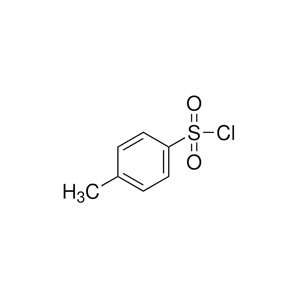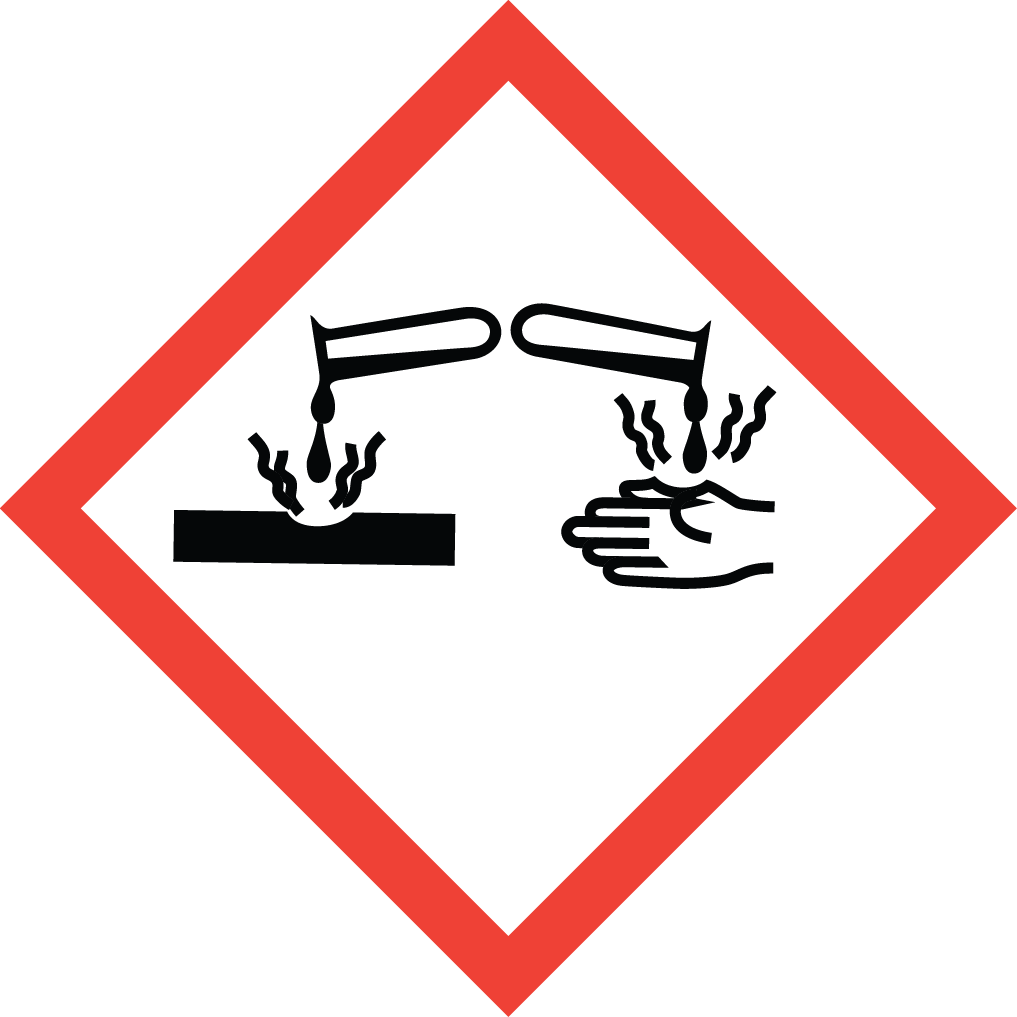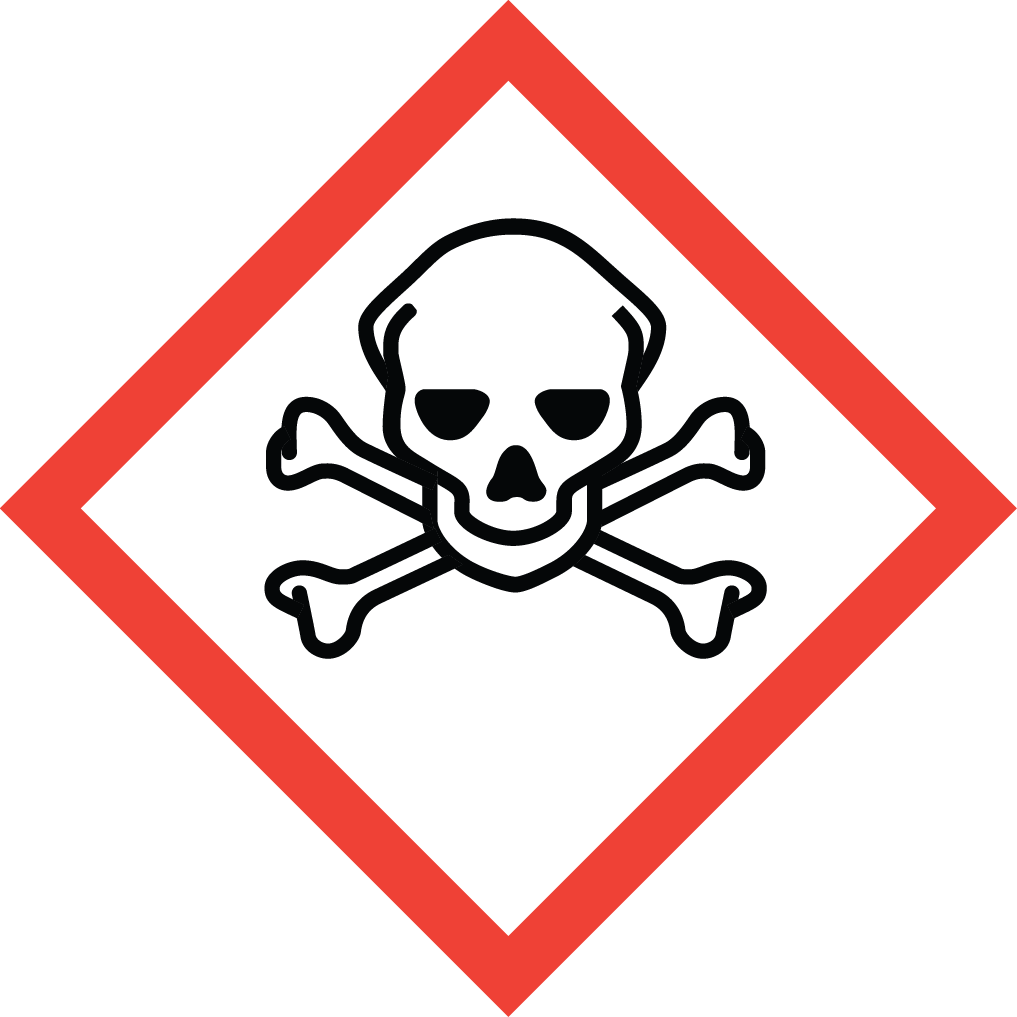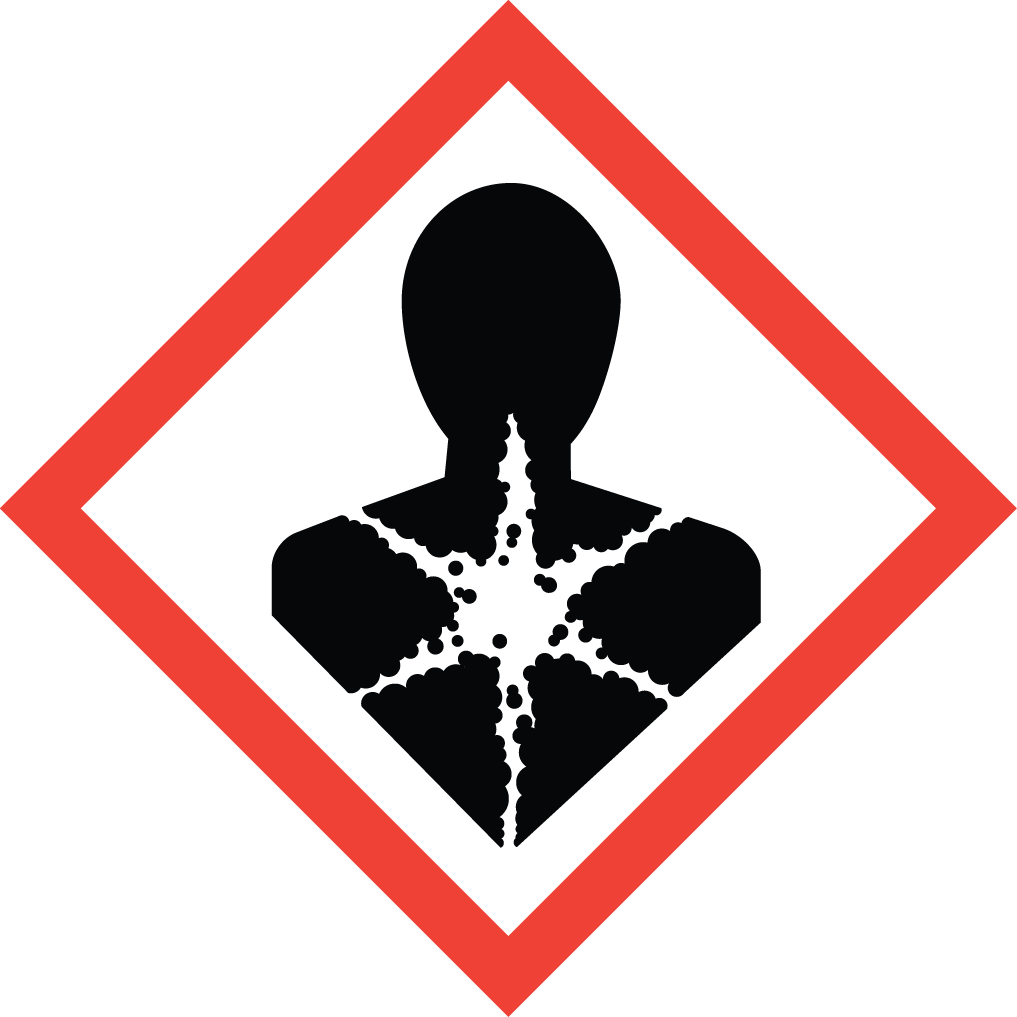Aure Chemical: Your Reliable Source for High-Purity Tosyl Chloride
Aure Chemical is a premier global supplier of high-quality Tosyl Chloride (TsCl), systematically named p-Toluenesulfonyl chloride. Identified by its CAS number 98-59-9, this organic compound is a white, crystalline solid known for its sharp, distinctive odor. Tosyl Chloride is a remarkably versatile and indispensable reagent in organic synthesis. Its primary utility lies in its ability to activate hydroxyl groups (converting alcohols into excellent leaving groups, tosylates), serve as a protecting group for alcohols and amines, and act as a sulfonating agent. These diverse functions make it a cornerstone in the manufacturing of pharmaceuticals, agrochemicals, dyes, and various other specialty chemicals. Aure Chemical's unwavering commitment to excellence ensures that our Tosyl Chloride meets the stringent purity and performance requirements for your most demanding industrial and laboratory applications, guaranteeing consistency, reliability, and superior results.
Basic Information of Tosyl Chloride
Tosyl Chloride (CAS No. 98-59-9) is meticulously produced and rigorously tested to meet stringent quality standards. We ensure exceptional purity and consistent performance, essential for your critical applications:
| CAS No.: | 98-59-9 |
|---|
| EC No.: | 202-684-8 |
|---|
| Linear Formula: | CH₃C₆H₄SO₂Cl |
|---|
| Molecular Weight: | 190.65 |
|---|
| Appearance: | White crystalline solid. |
|---|
| Melting Point: | 65-69 °C(lit.) |
|---|
| Boiling Point: | 134 °C10 mm Hg(lit.) |
|---|
| Density: | 1,006 g/cm3 |
|---|
| Solubility: | Insoluble in water (reacts slowly). Soluble in common organic solvents like ether, benzene, acetone, and hot alcohol. |
|---|
| Reactivity: | Reacts with water, alcohols, amines, and other nucleophiles. Stable under dry conditions. |
|---|
| Storage: | Should be stored in a cool, dry place, protected from moisture. |
|---|
| RIDADR: | UN 3261 8/PG 2 |
|---|
| Chemical Structure: |  |
|---|
Our commitment to delivering high-purity Tosyl Chloride ensures a reliable and efficient component for your critical processes, offering consistent quality for diverse industrial needs, while prioritizing uncompromising safety in handling and storage.
Primary Applications of Tosyl Chloride
Tosyl Chloride's unique versatility makes it an indispensable reagent in a broad range of organic synthesis applications across various industries:
Activation of Alcohols:
One of its most significant applications is in the activation of alcohols. It converts a hydroxyl group (-OH), which is a poor leaving group, into a good leaving group (a tosylate, -OTs). This transformation facilitates subsequent nucleophilic substitution reactions to form alkyl halides, amines, nitriles, and other functional groups.
Protecting Group for Alcohols and Amines:
It is widely used as a protecting group in multi-step organic syntheses. Alcohols can be converted to tosylates to protect them during reactions involving other parts of the molecule. Similarly, primary and secondary amines can be protected as sulfonamides.
Synthesis of Sulfonates and Sulfonamides:
Tosyl Chloride is a key reagent for synthesizing various sulfonates (esters of sulfonic acids) and sulfonamides by reacting with alcohols and amines, respectively. These derivatives have various industrial applications, including pharmaceuticals and surfactants.
Pharmaceutical Manufacturing:
It is a crucial intermediate and reagent in the synthesis of numerous active pharmaceutical ingredients (APIs) and their precursors. Its role in activating hydroxyl groups and forming sulfonamides is vital for creating specific molecular structures in drug development.
Dye and Pigment Industry:
Used in the production of certain dyes and pigments, where the introduction of the tosyl group or subsequent reactions play a role in their chemical structure and properties.
Other Specialty Chemical Synthesis:
Plays a role in the synthesis of various specialty chemicals, including certain types of polymers, catalysts, and additives, where its electrophilic nature and ability to form good leaving groups are leveraged.
Why Choose Aure Chemical for Your Tosyl Chloride Supply?
Aure Chemical is dedicated to providing superior chemical solutions and unparalleled customer support. By partnering with us for your Tosyl Chloride requirements, you benefit from:
Exceptional Purity & Consistent Quality: Our Tosyl Chloride is manufactured to stringent purity specifications, crucial for optimizing performance and yield in sensitive organic synthesis reactions, particularly in pharmaceutical and fine chemical production.
Reliable Global Supply Chain: We maintain a robust and efficient global supply network, guaranteeing timely and secure delivery of this essential reagent to your facilities worldwide, adhering to all strict safety and regulatory standards.
Expert Technical Support: Our dedicated team of experienced chemists and specialists is readily available to offer comprehensive guidance on product application, safe handling procedures, and optimal storage conditions for Tosyl Chloride.
Commitment to Quality & Responsible Stewardship: We adhere to the highest industry standards for quality management, environmental responsibility, and product stewardship across all our operations, ensuring peace of mind for our clients.
Choose Aure Chemical for a trustworthy and dependable supply of high-quality Tosyl Chloride. We're ready to support your most demanding and innovative chemical processes with an unwavering commitment to quality and excellence.
Hazards Classification
GHS Classification: Acute Toxicity (GHS06), Corrosive (GHS05), Health Hazard (GHS08)
Hazard Statements: Toxic if inhaled; causes severe skin burns and eye damage; may cause respiratory irritation; harmful if swallowed.
UN Number: UN 3261
Hazard Class: 8
Packing Group: II
 GHS05: Corrosive
GHS05: Corrosive GHS06: Acute toxicity
GHS06: Acute toxicity GHS08: Health hazard
GHS08: Health hazard
